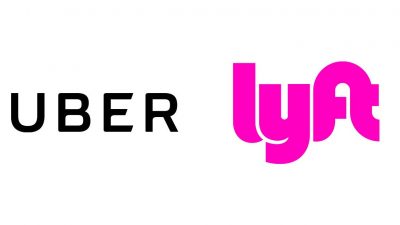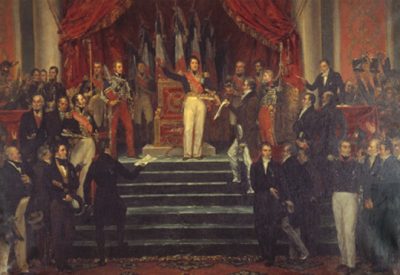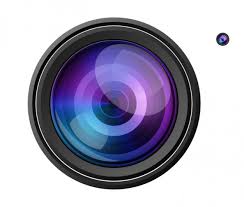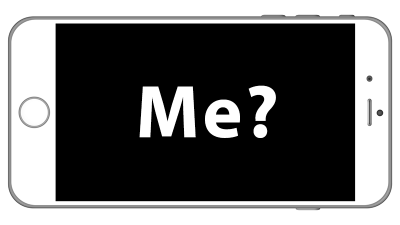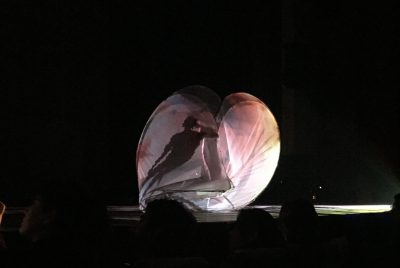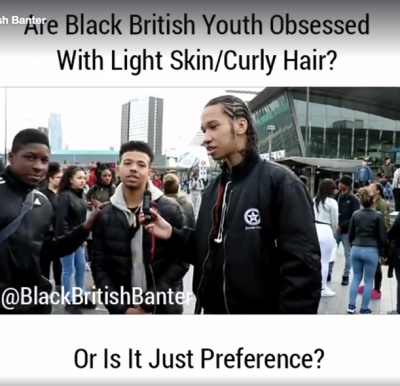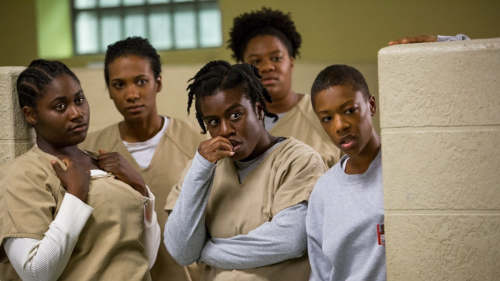
On July 6, 7, and 8 the police established a thick cordon around the Hamburg Messe and Congress where the G20 was taking place. It separated delegates from the thousands of protestors who had converged on the city.
From the distinctive, red Handmaid cloaks worn by Polish feminists, to Greenpeace in boats off the harbour, to radical and Left groups in Europe, the G20 brought together diverse communities of protest from around the world. Protestors were there to tell leaders of the world’s most powerful economies that they were doing a terrible job of running the planet.
Not all of the protests were peaceful. The violence by some protestors and by the police against them has formed a substantial part of the reportage about the G20. In this post, I share some experiences and insights from the protests and their mediation.
The anti-Trump protests, the anti-Caste discrimination movements and activism on Indian university campuses against the Modi government, the ‘Science March’, the Women’s Marches, protests against Michel Temer in Brazil, #FeesMustFall and its sister protests in South Africa, and the post-Brexit marches to name a few, have captured local and national attention.
These protests have generated discussion about the shifting dynamics of political participation, popular resistance, and media, from the documentation of clever signs, the transition of protest memes from the online to the offline and back again, to the inspirational images of Saffiyah Khan and Ieshia Evans confronting violence. more...

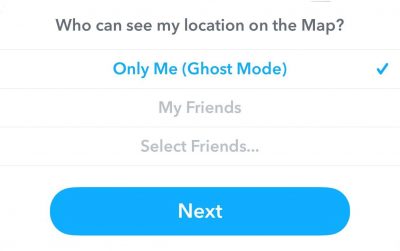 Snapchat recently released a new feature called Snap Map that lets users see the the location of their friends’ snaps organized on a map. The feature is opt-in only and carefully avoids unintended disclosure of user data. Snapchat even nudges users to actively manage who they share their location with. The
Snapchat recently released a new feature called Snap Map that lets users see the the location of their friends’ snaps organized on a map. The feature is opt-in only and carefully avoids unintended disclosure of user data. Snapchat even nudges users to actively manage who they share their location with. The 